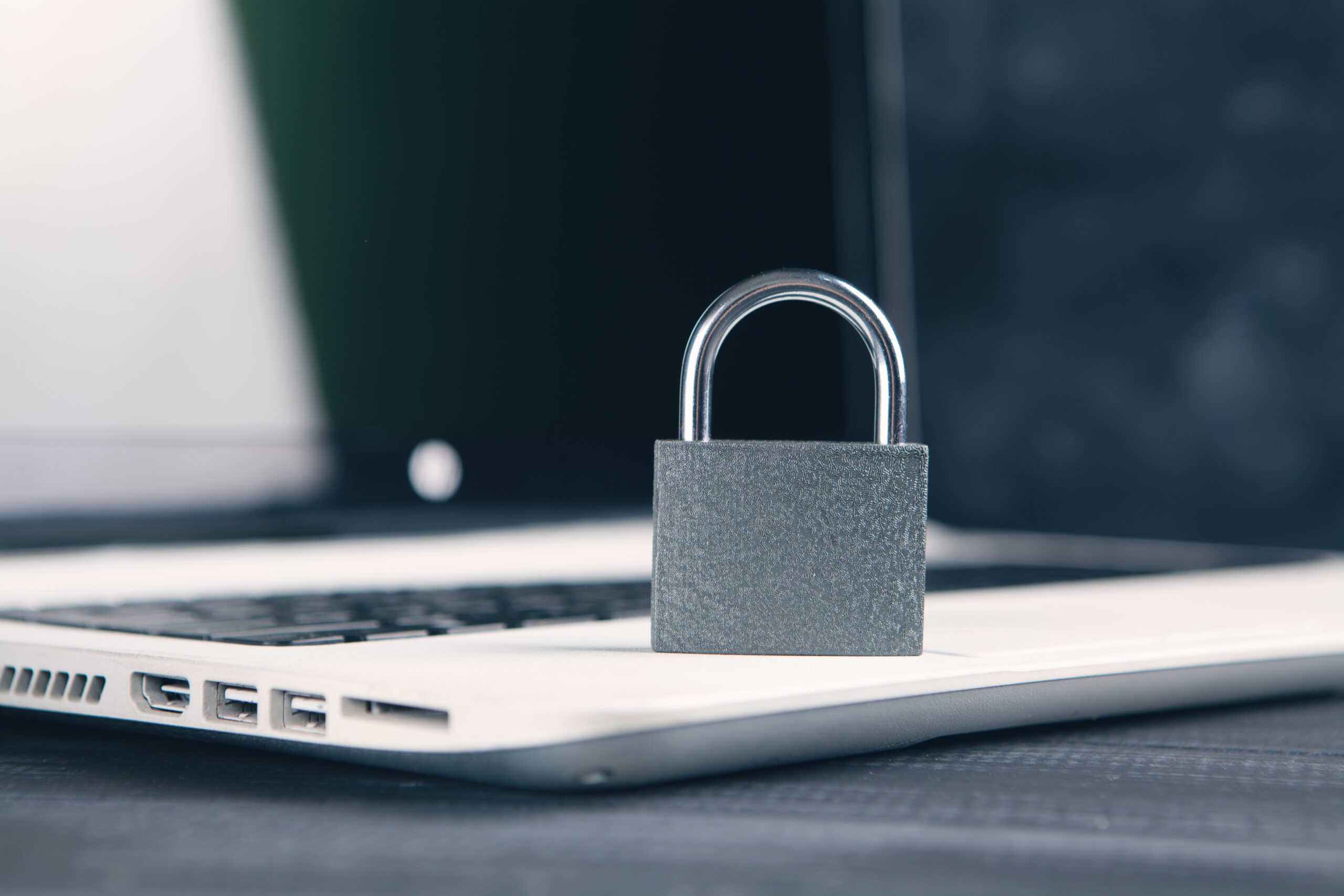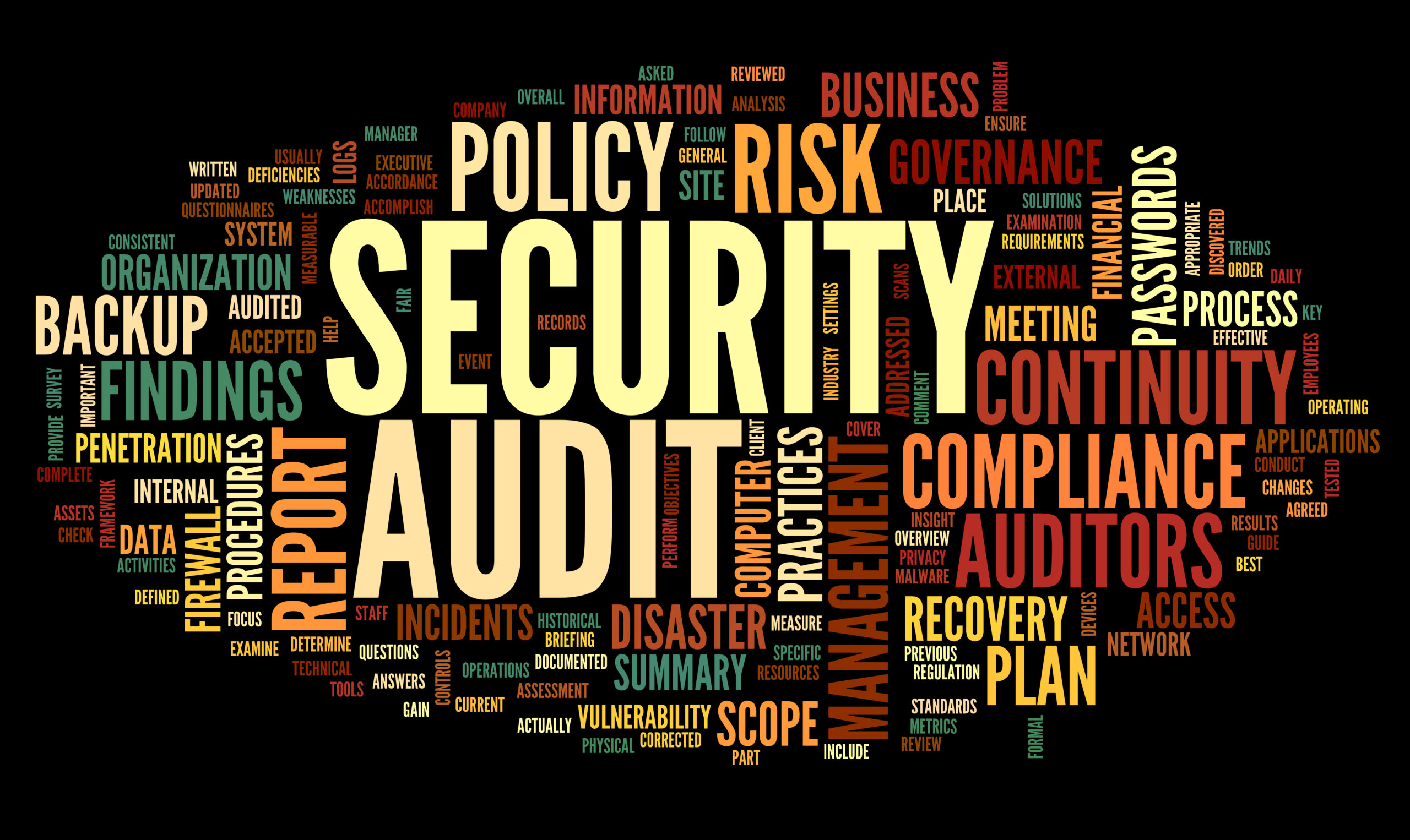If you own a company, or even if you simply work at one, you must be aware of the complete dependence of the company’s functioning on the devices used. It could be those MacBooks or Windows PCs, or it could be an array of mobile devices including iPads and Android smartphones. These smart devices provide the users with a wide range of benefits such as the ability to do remote work, get connectivity on the fly, use different apps to increase productivity and much more. Some organizations may even require or allow employees to bring their personal devices for work. As you may already know, this is Bring Your Own Device or BYOD.
The cyber boom in 2019-2021 has only increased our dependence on devices and virtual experiences even more. When the number of devices increases, the risks associated with them also increase exponentially. Auditing and risk management is something that no organization can ignore, and rightfully so. The IT managers also need to move on from the traditional risk management methods to successfully mitigate any possible risks.
- What is Auditing and Risk Management?
- Risks to look out for
- 1. Privacy Risks
- 2. Security Risks
- 3. Compliance Risks
- How to audit the devices in your organization?
- 1. Identifying the subjects to be audited
- 2. Defining the audit objectives
- 3. Set the audit scope
- 4. Define the auditing process
- At the end of the day…
What is Auditing and Risk Management?

Simply put, auditing is the process of examining something. In this blog, we would be talking about auditing the devices in your organization and managing the risks associated with them.
Auditing comes with many benefits:
- Confirm that your organization is compliant with regulations like GDPR, HIPAA, SOC2, PCI DSS etc.
- Identify and resolve the security vulnerabilities in your organization.
- Formulate or improve your security strategy.
- Get rid of the extra weight – dispose the hardware or software that is not currently used by your organization. This helps in reducing the expenses.
- Monitor and report the risks your company can afford to take.
Now, let us have a look at risk management. Risk management is the complete process of identifying, analyzing and monitoring or treating the risks to the organization. For managing risks, you need to know what the risks are.
Risks to look out for

The risks or threats to the organization can come in many forms and factors. We have broadly classified the risks under three categories:
1. Privacy Risks
When the employee knows that their devices are being managed and monitored by the organization, it is quite normal to have some privacy concerns. This is especially relevant when the employees are bringing their own personal devices for work purposes. So, how can you alleviate privacy risks in such cases?
Do not make decisions without thought! Sign up for the 14-day FREE trial from Hexnode and manage risks in your organization.Let's start eliminating the risks today!
2. Security Risks
Security risks can come in all forms and factors. The device could be lost or stolen, or the employee may leave the organization without the corporate data being erased. There could be a network security risk or the device may be running on a non-updated version of operating system making it susceptible to more attacks. These security risks can be broadly classified into physical security risks and information security risks.
Physical Security Risks
The physical security risks include the devices being lost or stolen. Smart devices are mobile, and we love them for their mobility. But it also means that they are at a higher risk to be misplaced. This is a huge concern, especially if the lost/stolen device stores some sensitive data related to the organization.
Information Security Risks
Data security, network security, application security – all these have to be ensured by the admin to decrease informational security risks.
Data security
This involves the process of identifying all the risks that could possibly result in data leakage or data corruption and removing such risks. Data security is the process of protecting organizational data from any possible attack, breach or leakage.
Network security
The secure company network would not be the only network that your employees would connect to, especially not when the devices are always on the move or the employees are working from the comfort of their homes. How can you mitigate the network security risks?
Application security
Apps rule. We have an app for almost everything we do. They are useful, they increase productivity and they are simply great. However, not all apps are good. Some apps pose security risks and some apps distract the employees from their work (YouTube!!). As an IT admin, you would not want either.
3. Compliance Risks
Compliance means that the device users are adhering to certain rules. For example, let’s assume you have deployed a stringent password policy to the devices, but a user keeps putting off setting the strong password. Or, you blacklisted an application but the user found a way to install it on their device. Or, the device got lost but the user didn’t report the loss and now the device has been inactive for a while now. In all these cases, the device is non-compliant with the rules you specified.
Now that we know the risks and an idea on how to manage those risks, let’s go back to the auditing part of auditing and risk management.
How to audit the devices in your organization?

The auditing process can be summarized in four steps:
1. Identifying the subjects to be audited
Here, you have to determine what exactly you want to audit. For instance, it could include all the smartphones, laptops, desktops, and tablets deployed in your company.
2. Defining the audit objectives
Why are you conducting this audit? What are your objectives? What are the risks you hope to solve with this audit? Try and find answers to these questions.
3. Set the audit scope
In this step, shortlist the actual devices to be audited and the security policies they should adhere to. For example, the scope may include all the BYOD devices that also has device encryption. Define and set your own audit scope.
4. Define the auditing process
Now that the objectives are clear and the scope is set, all you need to do is to define the auditing process. Define the key testing processes, decide where to get the data from, and so on. Now, it is not necessary to strictly follow the defined auditing process. It should be adjusted according to the risks assessed and the changing criteria of your organization.
At the end of the day…
Auditing should not be seen as a solution for risk management. It is only a starting point in the never-ending process of securing your organization against threats. However, we cannot underestimate the importance of auditing and risk management. After all, what begins well would also most probably end well.






